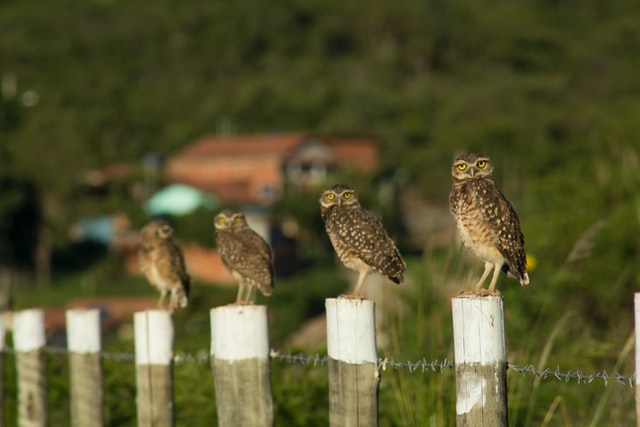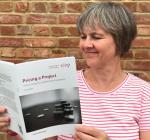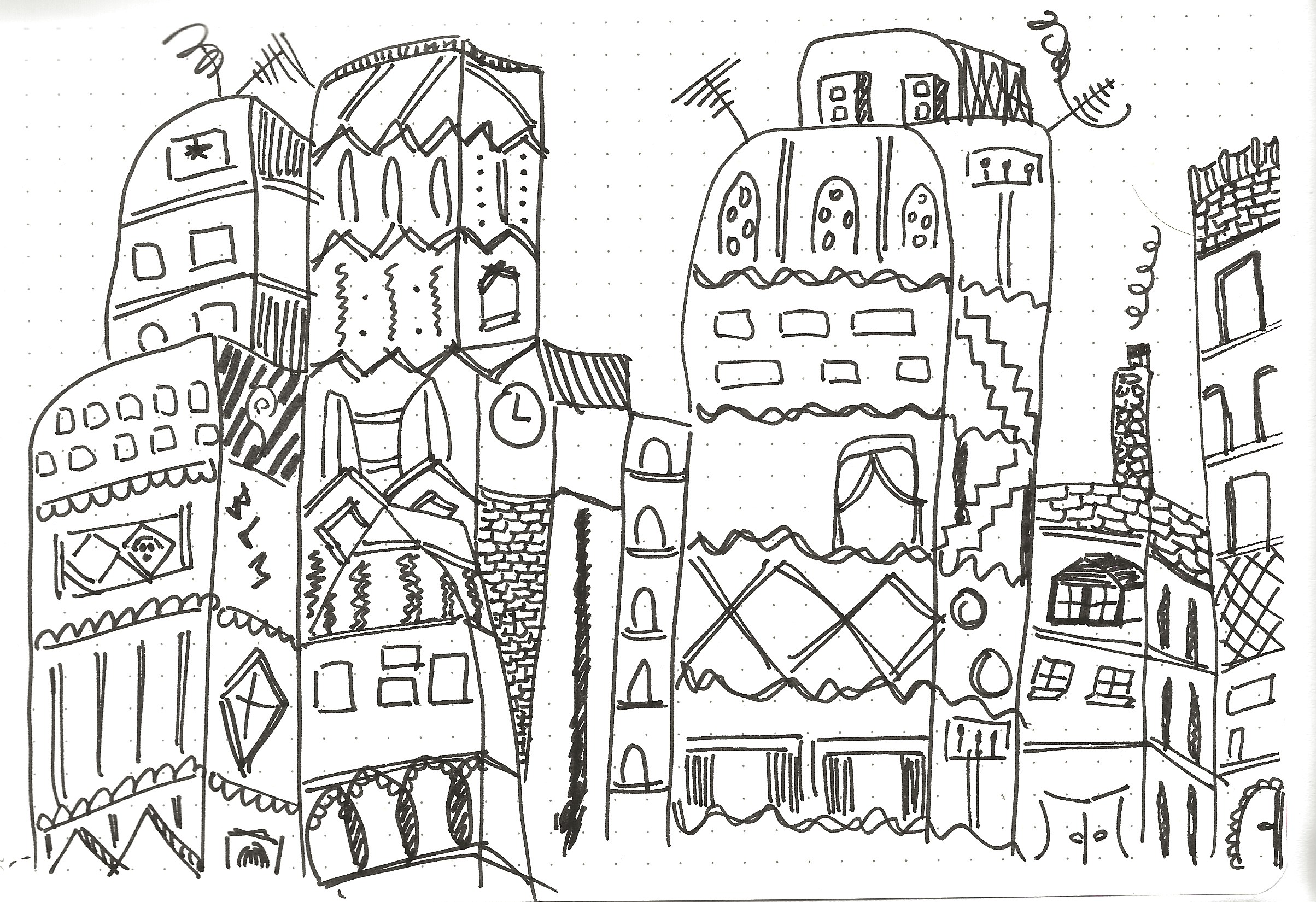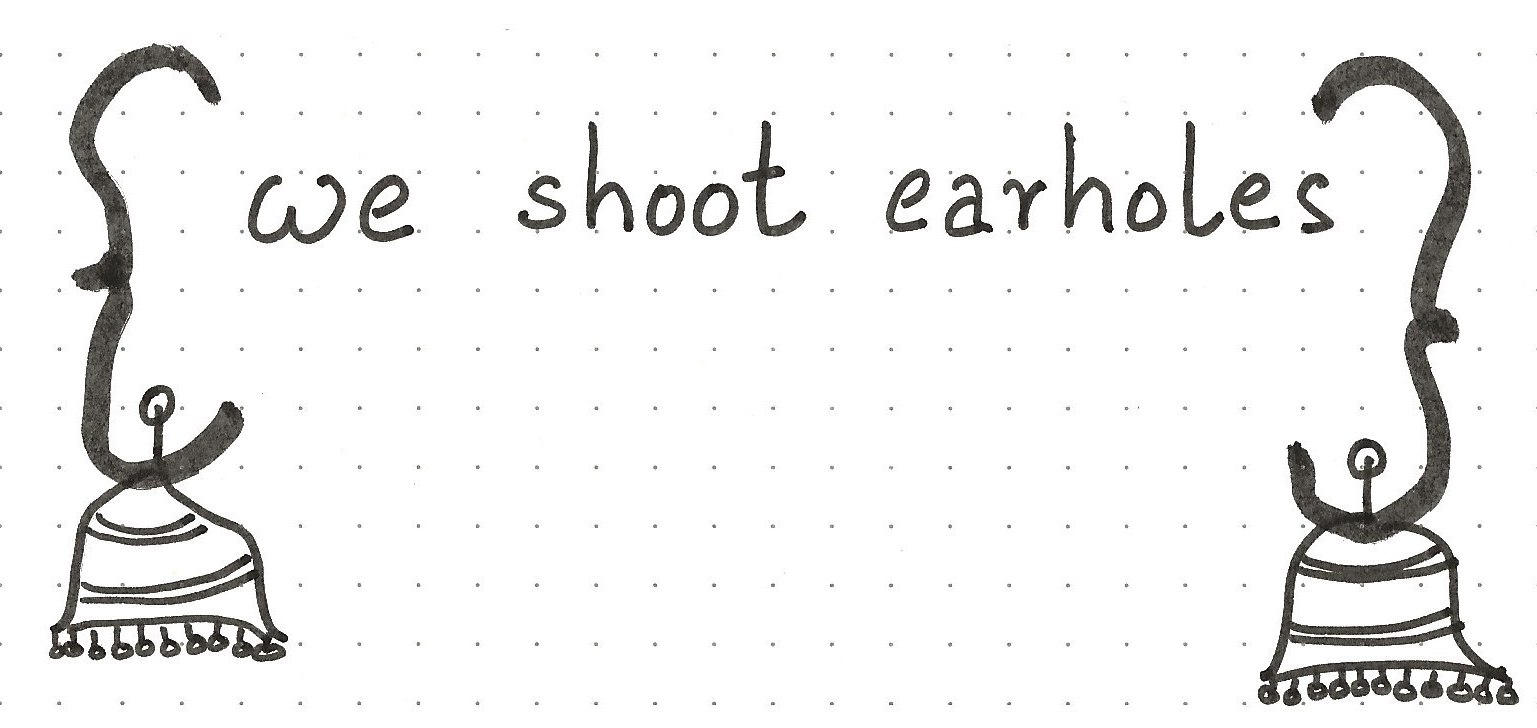A favourite pastime of South Africans seems to be seeing how many dialects we can squeeze into a sentence. South Africa has 11 official languages, and at least ten distinct dialects of English, so when I was invited to write about ‘South African English’ I thought it might be a bit hectic. In the end, I had a jol, and I hope you will too on this lexical adventure.
 Hopefully, I can save our colleagues from elsewhere a little time and trouble by giving you some basics. I hope this can be a kiff resource for future chinas who are helping to bring South African writing to wider audiences.
Hopefully, I can save our colleagues from elsewhere a little time and trouble by giving you some basics. I hope this can be a kiff resource for future chinas who are helping to bring South African writing to wider audiences.
Spoken South African English is made up of several varieties: White South African English, Indian South African English (which closely resembles Indian English), Cape Flats English and Black South African English (BSAE). White South African English (WSAE) can further be divided into ‘Cultivated’ or ‘Conservative’ SAE, ‘General’ or ‘Respectable’ SAE and ‘Broad’ or ‘Extreme’ SAE. As you can imagine, there is a fair bit of not-so-lekker prejudice towards some of the Englishes; not all Englishes are considered equal. And this can be even more confusing for editors!
| Black SAE | Indian SAE | Cape Flats SAE | ||||
|---|---|---|---|---|---|---|
| Acrolect | Mesolect | Basilect | Acrolect | Mesolect | Basilect | |
| Spoken by individuals whose first language is an indigenous African language. | Spoken by South Africans of Indian descent. Resembles Indian English. | Originally associated with inner-city Cape Coloured speakers.* | ||||
| White SAE | ||
|---|---|---|
| Cultivated/Conservative | General/Respectable | Broad/Extreme |
| Approximates England's standard RP and is associated with the upper class. | Social indicator of middle class and is the common tongue. | Associated with the working class, low socioeconomic status and little education. Approximates Afrikaans English. |
*Note: The term ‘Coloured’ is currently treated as a neutral description in Southern Africa, classifying people of mixed race ancestry. Cape Coloureds are particularly from Cape Town, where their Malaysian roots have contributed to their distinct language and culture. The Coloured community in South Africa uses the term to refer to itself as a group.
In writing, it is a little simpler, thank goodness. Written SAE tends to fall somewhere between ‘Cultivated’ and ‘General’ WSAE depending on the purpose and register of the text, so that is what I’ll be talking about for the rest of this blog post. It helps to be aware of the others, though, as they might crop up in dialogue in South African fiction, or in communication with South African clients.
How widely is South African English used?
South African English is used primarily within South Africa, but authors like Lauren Beukes and JM Coetzee are widely read abroad. However, there is a feeling among authors in South Africa that by writing in SAE they risk siff reviews from readers who are unfamiliar with its quirks. As a result, many South African fiction authors tend to write in US or UK English to appeal to a broader market and get those schweet five-star ratings. Poms tend to be more forgiving than yanks. South African fiction authors might then favour US English, although they learned in school to write with British spelling. This can lead to a mixture of the two in writing, as well as occasionally idiosyncratic usage of idioms.
Corporate, academic, governmental and other such non-fiction writers don’t get tuned so much by reviewers, so they usually keep it simple and stick with a more British version of SAE.
Does it follow more a UK or a US style in terms of punctuation and spelling?
South African English mostly follows UK spelling and grammar, but mixes US and UK punctuation. We use double quotes with nested singles, open en-dashes, and -is- rather than
-iz-. We like keeping the u in words like colour and we pronounce the h in herbs.
South Africa uses a decimal comma rather than a decimal point, e.g. 4,5 not 4.5. Dates are written in day-month-year order. When in doubt, aim for consistency.
How is the vocabulary different from other Englishes?
This is perhaps the most fun part of SAE. With the influence of so many languages and cultures, we have a wide repertoire of slang. Slang is regional, cultural, class-divided and used interchangeably by many people of all groups. We have words from Afrikaans like lekker, some Zulu words like babelas (from ibabalazi) and, like the Aussies, we even have Cockney rhyming slang like china (plate = mate). We have words borrowed from Yiddish, Lebanese and Portuguese.
Some words have been co-opted into corporate-speak like indaba (a meeting or conference, from Zulu). Some words are thrown in for flavour just-for-just, like ag, eish and eina! And there are some temporal markers we use for deliberate obfuscation, and to get out of doing things we don’t want to do, like now–now (‘I’ll proofread the footnotes now-now’).
 We refer to our money as bucks rather than krugerrands. We put our groceries in a trolley and then transfer them into packets at the till.
We refer to our money as bucks rather than krugerrands. We put our groceries in a trolley and then transfer them into packets at the till.
We call our mothers Mom and fathers Dad, although some folks use the British Mum and, just to confuse you, Pop.
There are some words we have to be careful not to use in books aimed at mainstream US or UK audiences, like:
- hooter: the loud bit on a car
- robot: the traffic light
- boot: the back of the car
- bra: also bru, used like bro to refer to our male buddies
- slops: flip-flop sandals (we may giggle at thongs)
Pants are trousers. A jersey is a cardigan or jumper. Cooldrinks are fizzy.
If you are still having trouble distinguishing between broer and boerewors, or boetie and baboetie, you might want to look up some South African colloquialism lists, lest you accidentally eat your little brother.
Grammatical quirks
Must has a much lower impact in SAE and is used as a synonym for should or shall. You might also encounter constructions that have been influenced by German and Dutch, such as come with (‘Are they coming with?’).
Are there any pitfalls or sensitivities to be aware of?
It is important to be aware of the prejudices towards certain varieties of SAE, as I mentioned earlier. The social effects of history linger on, and we must pay extra attention to accurate, authentic and respectful representation in literature.
Editors must also be alert to common errors like aswell and isit, and the confusion of borrow and lend, which are fine in conversation but unacceptable in writing. If you can catch things like that, you’ll be hundreds.
What are the main resources?
The OUP has published four editions of the Oxford South African Pocket Dictionary. It has a good introduction with more detail on the quirks of South Africanisms and includes South African slang terms and borrowed words.
For specifics regarding punctuation, spelling and grammar, I was able to find this government-issued style guide. I also tracked down this style guide from the University of Johannesburg, which may help academic editors. It is best to get a style guide from the university in question, if possible, since there may be differences between institutions.
The general rule of thumb is to follow UK spelling and grammar and aim for consistency – what a relief!
References
Mesthrie, R, (ed.) (2002). Language in South Africa. Cambridge: Cambridge University Press.
De Klerk, V and Gough, D (2002). Black South African English. In Rajend Mesthrie (ed.), Language in South Africa. Cambridge: Cambridge University Press, 356–78.
 Katherine Kirk is a South African-born proofreader, copyeditor and developmental editor who married a Texan. They spend most of their time arguing over whether to call them pavements or sidewalks.
Katherine Kirk is a South African-born proofreader, copyeditor and developmental editor who married a Texan. They spend most of their time arguing over whether to call them pavements or sidewalks.
Katherine works on all types of fiction for adults, especially Science Fiction, Fantasy and Literary Fiction. She is a Professional Member of the CIEP.
When we posted Katherine’s blog on Facebook, two distinguished editors, Jill Wolvaardt and Penny Silva, got in touch to tell us about the Dictionary of South African English, which, following extensive digital enhancements, has been released as a Mobile Edition designed for use on smartphones and tablets. First published in print as A Dictionary of South African English on Historical Principles (Oxford University Press, 1996), this unrivalled record of the development of the language variety over three centuries is available with free access at https://dsae.co.za.
Photo credits: Flag by Barend Lotter, on Pixabay; South African Time by Katherine Kirk (Gecko Edit).
Posted by Abi Saffrey, CIEP blog coordinator.
The views expressed here do not necessarily reflect those of the CIEP.














